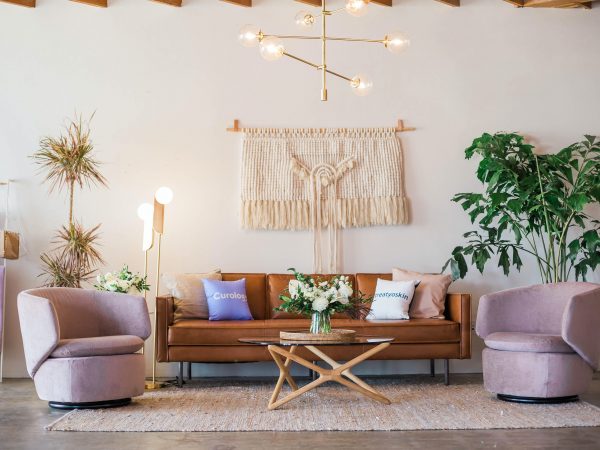
From wood-clad greenhouse huts to wall decor influenced by soundwaves, these developments in woodwork design are diverse.
One prominent architectural endeavor is the design for Rule of Thirds, a contemporary Japanese restaurant in the center of Brooklyn, New York, by Studio Love is Enough. The restaurant was opened by Sunday Hospitality and features geometric accents made of walnut and Douglas fir wood. Additionally, the windowless, minimalist “Ogimachi House” by Tomoaki Uno Architects in Nagoya, Japan, aspires to serve as a retreat from the overstimulating and technologically advanced world of today.
Other woodwork design advancements in home decor to take note of include Uncommon Goods’ custom Song Wall Sculpture, which can be tailored to imitate the soundwaves from customers’ preferred music. The hand-cut, salvaged wood used in the wall sculpture.
For the majority of us, doing woodwork is typically a once-in-a-lifetime experience that cannot be done on a regular basis. How long-lasting it would be is one of the most frequent queries regarding woodwork. And anything so important for the health of your lovely home should be picked after careful consideration. The interior materials you select determine the atmosphere of your home, so you should carefully weigh the advantages and disadvantages of all your options before settling on one.
The market has experienced a spike in new versions of old items as well as new products in recent years, increasing the number of options available.
Plywood
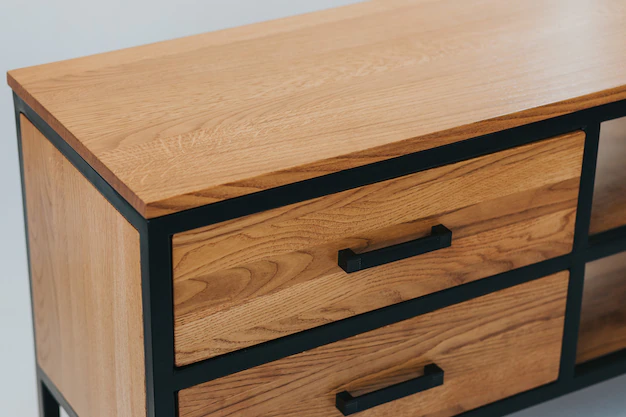
Plywood is the original and most often used material for woodwork. It is manufactured by applying intense heat and pressure while bonding two veneer sheets together at a straight angle. It is stronger and more resilient than typical wood because of this. It is available in several different thicknesses, from 3mm to 25mm, and has a strong screw-holding capacity. However, due to its low moisture-bearing capacity, it cannot be used for outdoor furniture.
Additionally, there are many different types of plywood on the market; it might be challenging to identify a genuine one. Make decisions based on product comparability with the market and the material by always educating yourself on both.
Cedar Wood
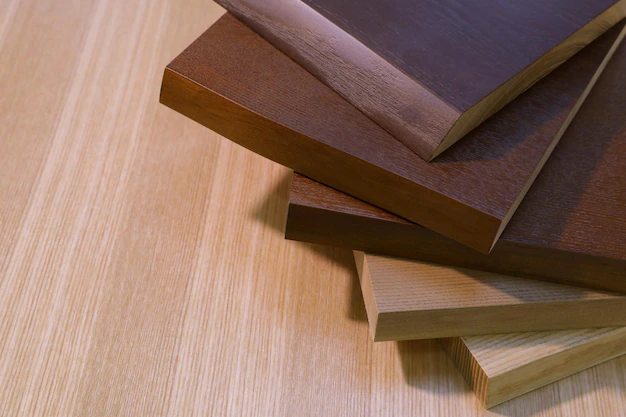
Perhaps we are most familiar with this wood as a fantastic material for closets and chests because of its effective repellent qualities against moths and other insects as well as odor-destroying reasons.
Geographically speaking, cedar has a large variety of trees that are spread sporadically, which explains why it is used for a wide range of things, including fencing, house structures, shingles, guitars, and even shipbuilding. It also has a sweet aroma. So whether it’s a stink bug infestation or rough waves, cedar can withstand anything.
Walnut Wood
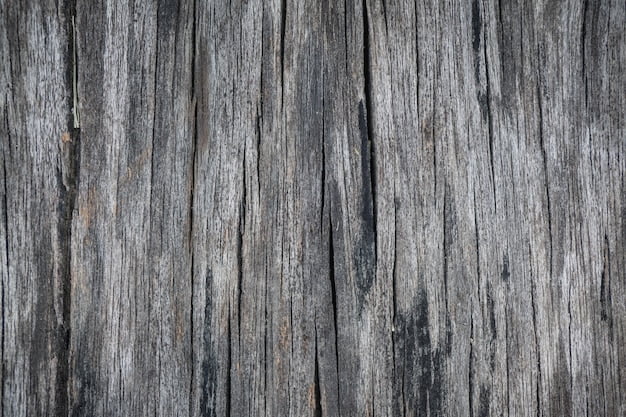
Walnut is cultivated in a variety of environments and has a wide range of colors and personalities, but it is frequently regarded as a reliable wood that does not swell or contract as other woods would normally do. Which is fortunate given that airplane propellers are made of a particular species of walnut. Walnut is a fantastic design ally, whether it’s high in the sky or firmly planted on your kitchen floor.
Lyptus Wood
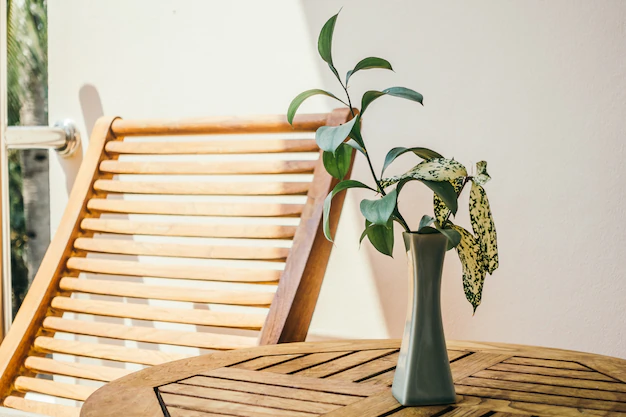
Admit it, we are drawn to and intrigued by exotic things. Take the koala bear as an illustration. You must concede that this is a unique and lovely animal with excellent taste in millwork materials. We now have wood that is naturally salmon-hued thanks to the eucalyptus plant, which, like ourselves, turns a little darker when exposed to UV light. This wood is fantastic for large paneled floors, cabinets, and, as was already noted, millwork like doors, frames, and crown molding. The comforting flavor of lyptus can be enjoyed in many different parts of your house.
Poplar Wood
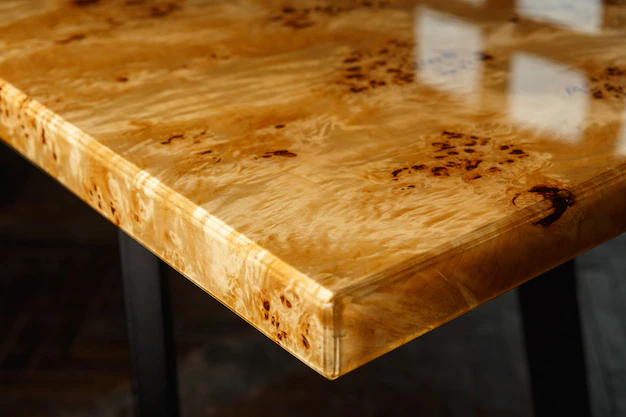
Because it is the first tree whose DNA has been deciphered, this wood has recently achieved a scientific breakthrough. But we were all aware that Poplars’ DNA was a significant component of our own DNA before Science revealed this knowledge. Poplar wood is responsible for the flawless plywood that perfectly frames our four walls and about which not even the bubble in the level can gripe.
Undoubtedly, one of these can be found in your home as well: paper, matches, or chopsticks. Yes, this wood is not only adaptable physically but also a jack of all crafts that has done us well, don’t you think? Poplar may not be the most popular wood for furniture design, but we dug our carving knives just like we did for the other nine kinds of wood.
Alder Wood
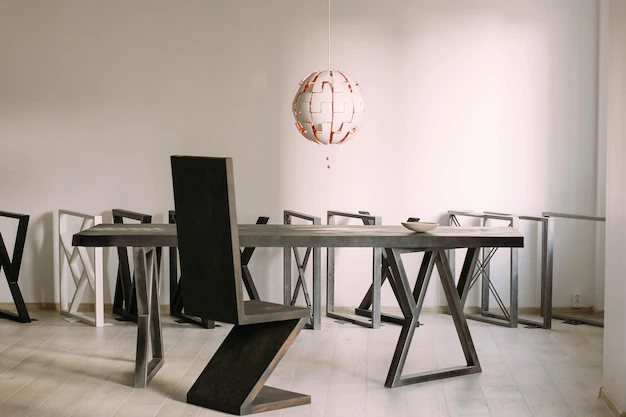
Although this hardwood undoubtedly has a soft side, its elasticity makes it a very strong competitor for cabinetry. This is one of the most popular woods used for furniture and interior uses, second only to walnut, and is a cost-effective choice for installing a high-quality product. Sanding and staining the wood can easily be done to give it a unique surface and color. Overall, regardless of what trend appears on our shelves, this is a hot product.
If you’re looking for a woodwork and furniture design company then feel free to reach out at info@shalindesigns.com or place an enquiry here.
